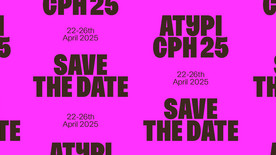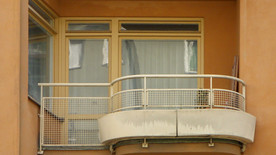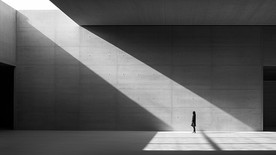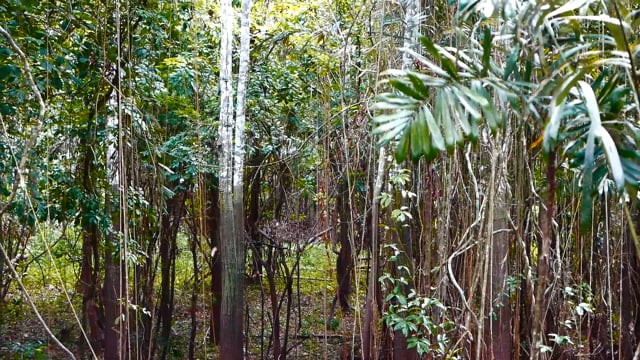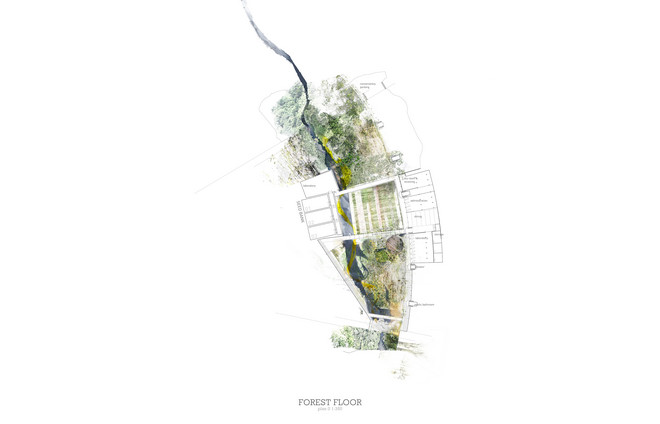
Conserving Growth
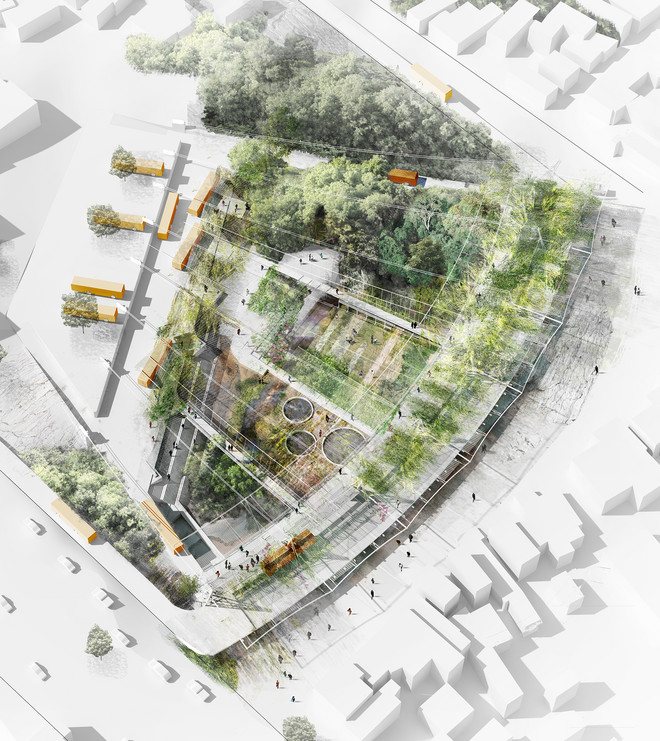
DEVELOPING A SYMBIOSIS OF NATURAL PROCESSES & PUBLIC SPACE
A PUBLIC BUS TERMINAL AND BIODIVERSITY CONSERVATORY | MANAUS, BRAZIL
As the rainforest boundary surrounding the growing city of Manaus is pushed further back, temperature within the metropolitan area increase due to the absence of natural cooling. In effect, it is decreasing thermal comfort throughout the city, especially for those who can’t afford airconditioning. As a response, this thesis investigates the reinvigoration of a public bus terminal in the center of the city by employing a holistic strategy that emphasize natural processes as a service beneficial to the urban environment. A strategy in which conserving growth and endangered biodiversity is not purely an ethical discussion, but becomes a viable symbiotic driver for enhancing comfort in the city, with spatial significance for creating new vegetative typologies endemic to the urban environment.
Program
WE ARE RADICALLY CHANGING THE PLANET AND THE QUESTION IS:
WHAT IS OUR RESPONSIBILITY?
- Holly Doremus, Professor of Environmental Law, Berkeley California

PREFACE
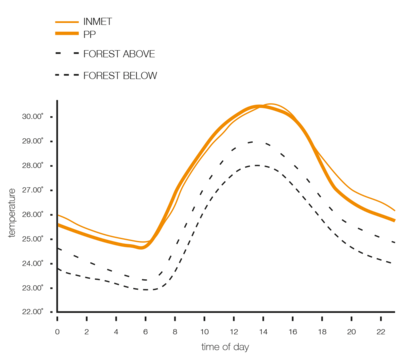
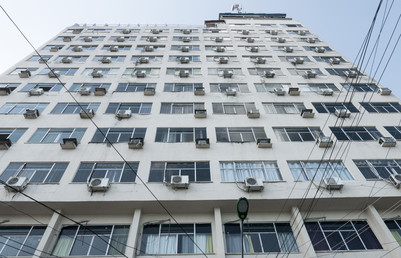

The basis for the investigation is the notion that plants are profoundly sophisticated organisms. What appear contrary to general belief the impact trees have on the climate extends far beyond carbon storage and includes microclimatic heat mitigation, air cleaning, nutrient- and water cycling. The fundamental idea is that perceiving plants as a technology and ecosystems as something we are part of, questions the design of architecture, while exposing the potentials of allowing natural processes as an active parameter in the building.

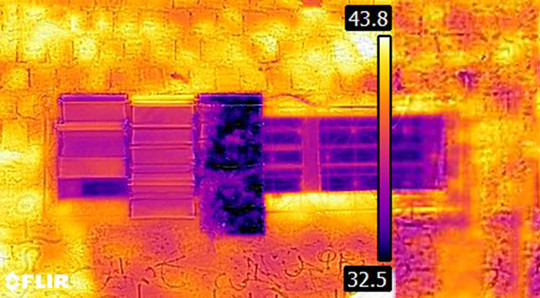
The cooling effect of plants is directly measurable. However, in order to achieve a sustainable growth environment the fundamentals of biology has to be supported rather than suppressed. The architectural concept was as a result developed to incorporate living systems that compete, change, establish its own time, rythm and biological composition, as a continuation of spatial and technological adaptability in the relationship between the natural and built environment.
WORK PHASES
Vegetation. Terminal. Building
The three parts of the project represents the reflective phases of a holistic approach. First determining the focus through investigating local vegetation and biological processes of Plants & Biodiversity, then the programmatic extents through an infrastructural strategy in Capacity & Flow, until establishing an architectural approach in the interface of the Assembled & Grown.
Plants & Biodiversity
Capacity & Flow
Assembled & Grown
THE PROPOSAL
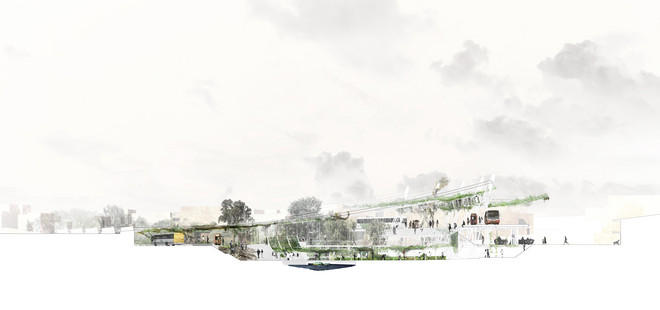
The project engages with conveying ideas and knowledge to passengers by using the entire terminal as an educational space of structure and biological morphology. Researchers and passengers encounter each other in the field and the waiting areas become viewing platforms covering the cultivation areas. While waiting for the bus you feel the immidiate cooling and air purification effect of plants covering the platform and may learn that you have been eating your lunch on top of a vault containing the biodiversity of the entire continent. The project is not merely about employing a green comfort enhancing strategy, it is about how the potential is presented and made relevant for the general public.
The idea of succession is perceived through time in order to understand the temporal development of the project. Over time it grows to become more of a sprawling public garden and knowledge hub than a bus terminal. With the potential of developing new traits and species adapted to the urban context, specialized plants can be distributed to homes across the city using the flexible bus infrastructure, making the project a catalyst that reaches far beyond its local context.

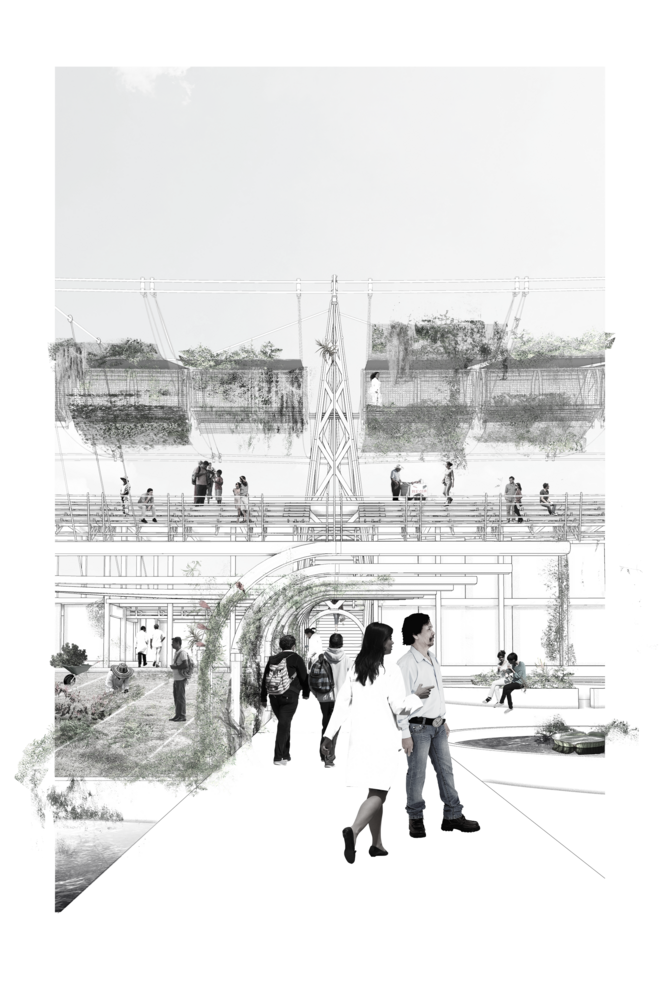

In conclusion, the problem is not regarding potential or whether the plants will grow
- it is there and they will.
The question is if we are able to accept a level of uncertainty in designing architecture, start cooperating with nature and across disciplines and realize our ecological responsibility. Ultimately meaning we have to let go of control.









